Wolves have captivated human imagination for millennia, representing both fearsome predators and symbols of wilderness. Among the most distinct wolf species are the Gray wolf (Canis lupus), Red wolf (Canis rufus), and Arctic wolf (Canis lupus arctos). While they share a common ancestry and many characteristics, these magnificent canids have evolved unique adaptations to thrive in their respective environments. Understanding their differences not only helps us appreciate their ecological significance but also highlights the remarkable diversity within the wolf family. From physical characteristics and habitat preferences to hunting strategies and social structures, each species tells a fascinating story of evolutionary adaptation. This article explores the 13 key differences between these majestic predators, offering insights into what makes each wolf species unique in the wild landscape they help shape.
Size and Weight Variations
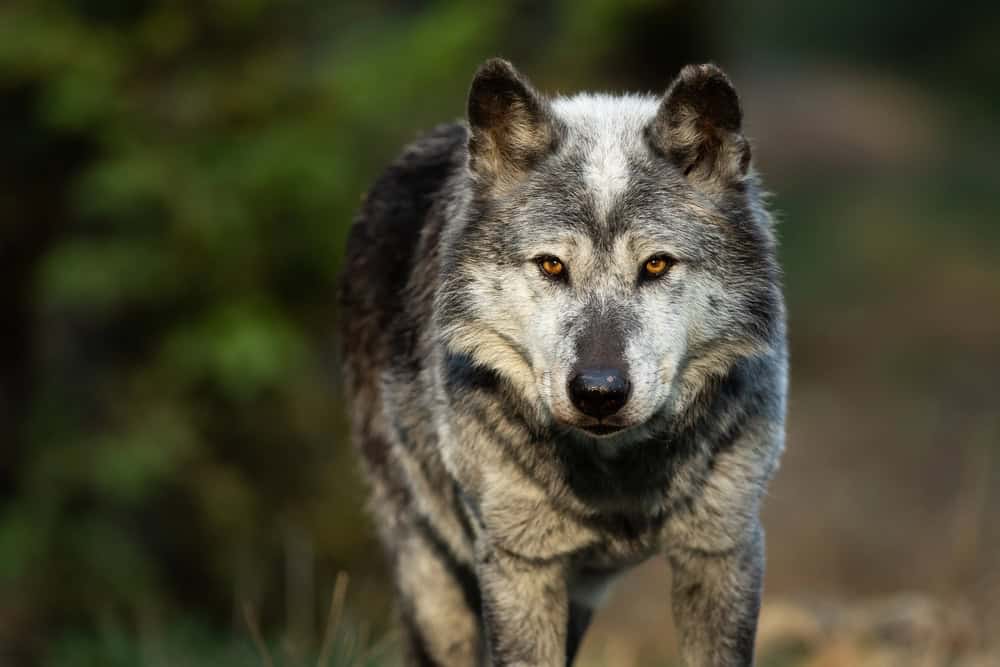
Gray wolves are the largest of the three species, with adult males typically weighing between 70-145 pounds (32-66 kg) and standing about 26-32 inches (66-81 cm) tall at the shoulder. Their robust build makes them formidable predators capable of taking down large prey like elk and moose. Females are generally about 20% smaller than males but maintain the same powerful physique that characterizes the species.
In contrast, red wolves are considerably smaller, weighing between 45-80 pounds (20-36 kg) and standing 26-31 inches (66-79 cm) at the shoulder. Arctic wolves, despite living in harsh conditions, maintain a substantial size of 70-125 pounds (32-57 kg) with a shoulder height similar to gray wolves. The Arctic wolf’s slightly more compact body with shorter limbs represents an adaptation to conserve heat in the freezing temperatures of their native range, demonstrating how environmental pressures have shaped these closely related species differently.
Coat Color and Fur Characteristics

The most immediately noticeable difference between these three wolf species is their coat coloration. Gray wolves, despite their name, display remarkable variation in coat color, ranging from pure white to black, with various shades of gray, brown, and tan in between. This color diversity helps them blend into different environments across their vast range. Their fur features a dense undercoat with longer guard hairs that provide excellent insulation in cold climates.
Red wolves are named for their distinctive reddish-brown coat, often with cinnamon-colored markings on their ears, muzzle, and legs. The red tint is particularly visible in sunlight, creating a striking appearance that helps them blend with the forest floors and reed beds of their southeastern United States habitat. Arctic wolves, as their name suggests, have evolved pure white coats that provide near-perfect camouflage in the snow-covered landscapes of the Arctic. Their fur is notably thicker than that of the other species, with a dense undercoat that can be up to two inches thick in winter, allowing them to survive in temperatures that can plunge to -70°F (-57°C).
Geographical Distribution and Habitat

Gray wolves once had the largest natural distribution of any mammal apart from humans, spanning much of the Northern Hemisphere. Today, despite significant range reduction, they still inhabit diverse ecosystems across North America, Europe, and Asia. Their adaptability allows them to thrive in environments ranging from Arctic tundra and mountains to forests, grasslands, and even deserts. This remarkable adaptability explains why gray wolves have survived in so many regions while other wolf species have struggled.
Red wolves have a much more restricted range, historically inhabiting the southeastern United States from Texas to the Atlantic coast. Today, after near extinction and subsequent conservation efforts, they primarily exist in a small reintroduction area in eastern North Carolina. Arctic wolves, meanwhile, occupy the most extreme habitat of any wolf species, living in the remote Arctic regions of North America and Greenland. Their range includes the Canadian Arctic Archipelago, the northern parts of Greenland, and other High Arctic regions where few mammals can survive year-round. These stark differences in range demonstrate how each species has evolved to exploit specific environmental niches.
Dietary Preferences and Hunting Strategies

Gray wolves are opportunistic hunters with diverse diets reflecting their wide geographical distribution. They typically prey on large ungulates like elk, deer, moose, and caribou, but will readily consume smaller mammals, birds, and even fish when available. Their hunting strategy often involves pack cooperation to bring down prey much larger than an individual wolf. This collaborative hunting approach allows them to pursue and kill animals that may weigh ten times more than a single wolf, demonstrating remarkable coordination and communication.
Red wolves have adapted to prey primarily on smaller mammals such as rabbits, raccoons, and rodents, though they will occasionally take deer, particularly fawns. This focus on smaller prey reflects both their more modest size and the available food sources in their southeastern forest habitats. Arctic wolves face perhaps the most challenging hunting conditions, with a diet centered on Arctic hares, muskoxen, and caribou. During the harsh winter months when prey is scarce, they may travel over 100 miles in search of food and can go for weeks between significant meals. Their hunting often requires traversing vast distances across difficult terrain, making their survival all the more remarkable.
Social Structure and Pack Dynamics
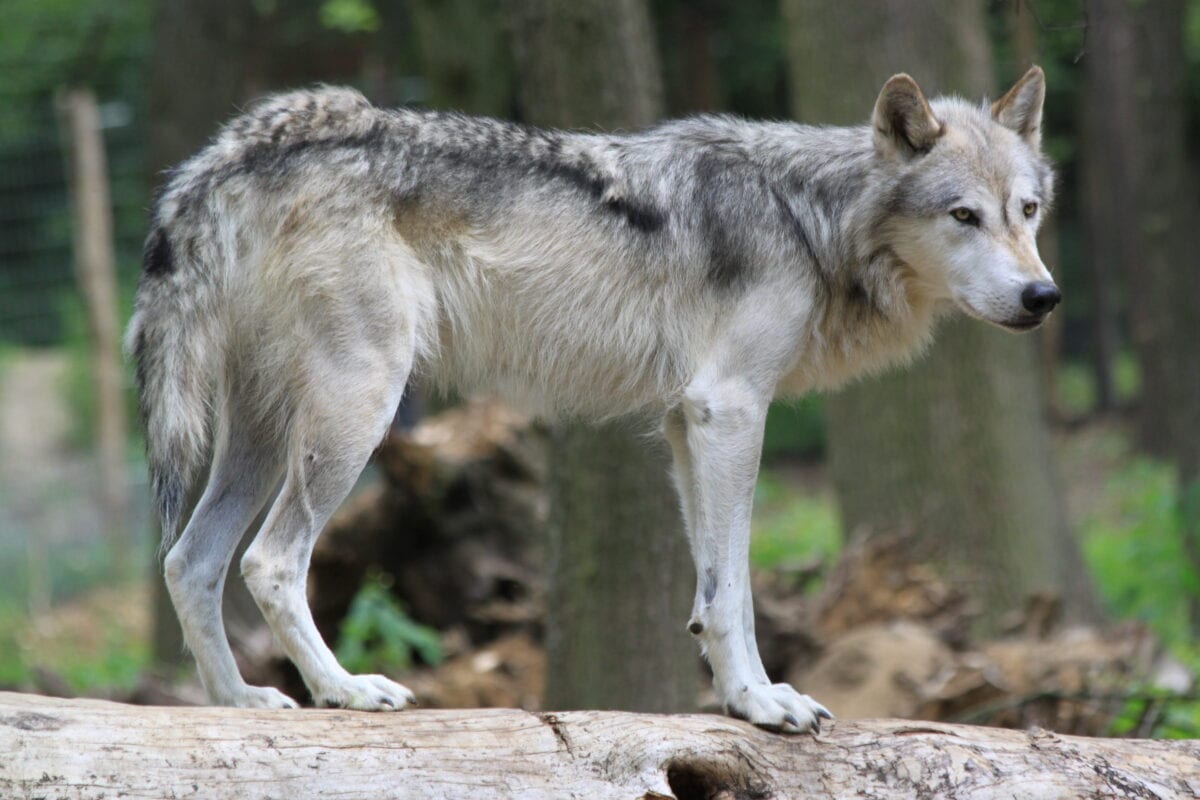
Gray wolves maintain highly organized social structures typically consisting of a breeding pair (alpha male and female) and their offspring from multiple years. Pack sizes average 4-7 individuals but can reach up to 15 or more in areas with abundant prey. This complex social hierarchy includes elaborate vocal, body language, and scent communication. The pack functions as a cooperative unit for hunting, defending territory, and raising young, with clear roles established through subtle dominance relationships.
Red wolf packs tend to be smaller than those of gray wolves, usually consisting of 5-8 members. Their family groups also follow an alpha pair structure, but with somewhat less rigid hierarchies than observed in gray wolves. Arctic wolves, facing extreme environmental conditions, often maintain smaller pack sizes of 2-6 individuals due to the limited prey density in their habitat. Interestingly, Arctic wolf packs sometimes demonstrate more flexibility in leadership and hunting arrangements than their southern counterparts, possibly as an adaptation to the harsh conditions where strict hierarchies might prove less advantageous than cooperative survival strategies. All three species show remarkable parental investment, with pack members participating in pup rearing and education.
Reproductive Patterns and Pup Development
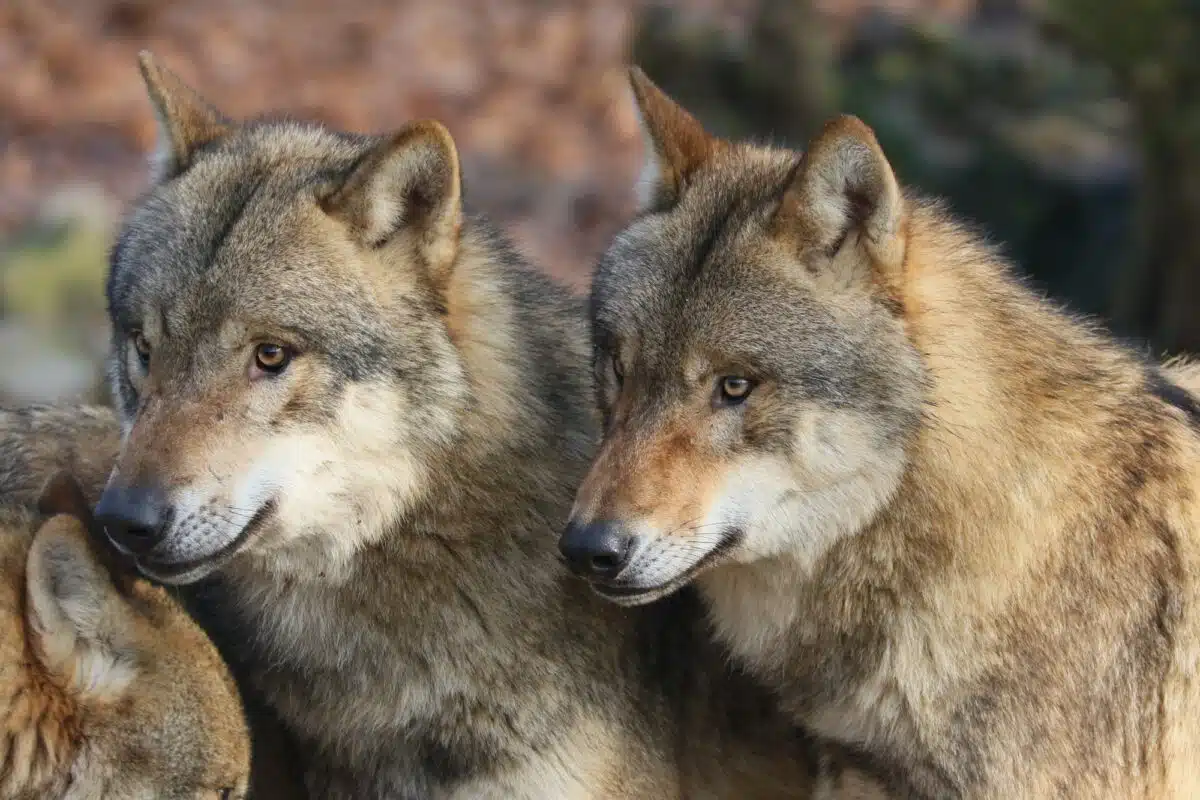
Gray wolves typically breed once a year between January and March, with gestation lasting approximately 63 days. Litters average 4-6 pups, though they can range from 1-11 depending on prey availability and the mother’s age and health. Pups are born blind and deaf in a den prepared by the parents, weighing about one pound at birth. They develop rapidly, opening their eyes at 10-14 days and beginning to emerge from the den at three weeks. By autumn, the pups are joining adults on hunts, though they won’t reach full physical maturity until 2-3 years of age.
Red wolves follow a similar reproductive timeline but tend to have slightly smaller litters, averaging 3-5 pups. Their breeding season typically begins slightly earlier than gray wolves, often starting in January. Arctic wolves face the most challenging reproductive conditions, with breeding timed precisely to the brief Arctic summer. Their breeding season typically occurs in March, with pups born in late May or early June when temperatures become survivable for newborns. Arctic wolf litters are generally smaller, with 2-4 pups being common, representing an adaptation to the scarce resources of their environment. The compressed Arctic summer means these pups must develop more rapidly than their southern counterparts to be prepared for the coming winter.
Adaptations to Extreme Environments
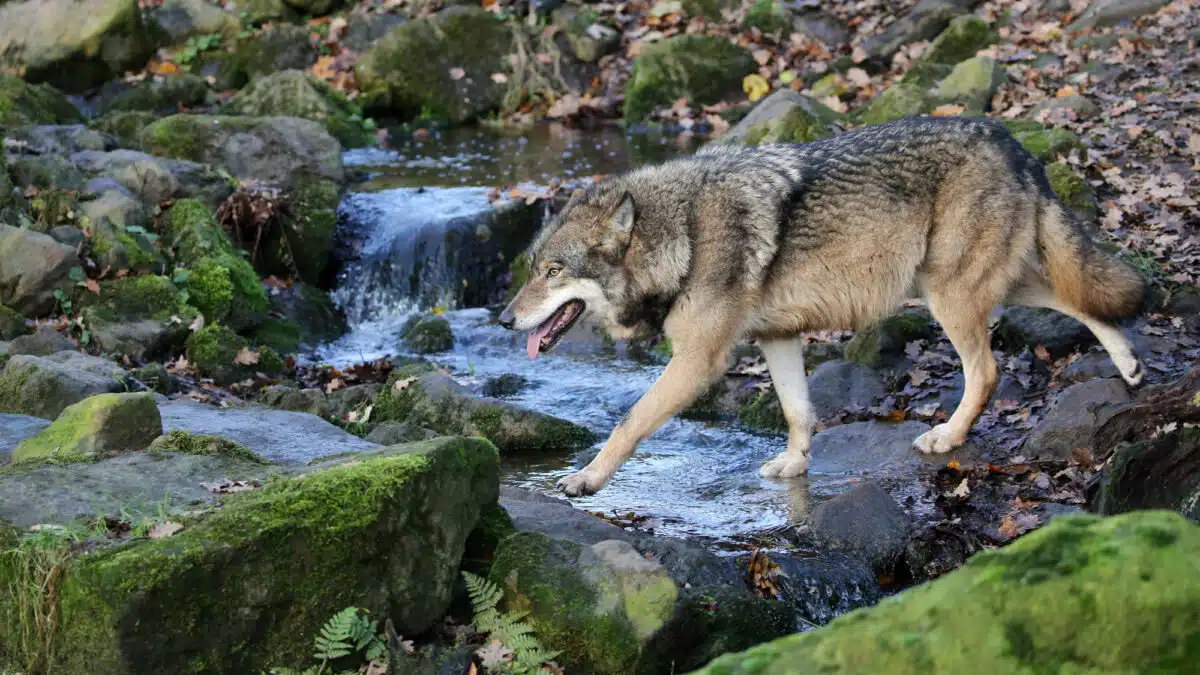
The Arctic wolf has evolved remarkable physical adaptations for survival in polar regions. Beyond their thick white coat, they possess smaller ears and shorter muzzles than other wolves, reducing heat loss and frostbite risk. Their compact body design with shorter legs creates a more favorable surface-area-to-volume ratio for heat conservation. Even their paw pads have special adaptations, featuring fur between the toes and specialized circulation systems that maintain blood flow at near-freezing temperatures while preventing tissue damage.
Red wolves have evolved adaptations suited to the warm, humid southeastern United States. Their reddish coat provides effective camouflage in the region’s pine forests and swamplands, while their smaller size allows greater agility when navigating dense undergrowth. They possess excellent swimming abilities necessary for their historically swampy habitat. Gray wolves, as the most widely distributed species, demonstrate remarkable environmental plasticity rather than extreme specialization. Their varying coat colors and thicknesses across different populations demonstrate localized adaptation, allowing them to thrive in environments ranging from deserts to mountains and boreal forests—a testament to their evolutionary success.
Vocalizations and Communication Methods
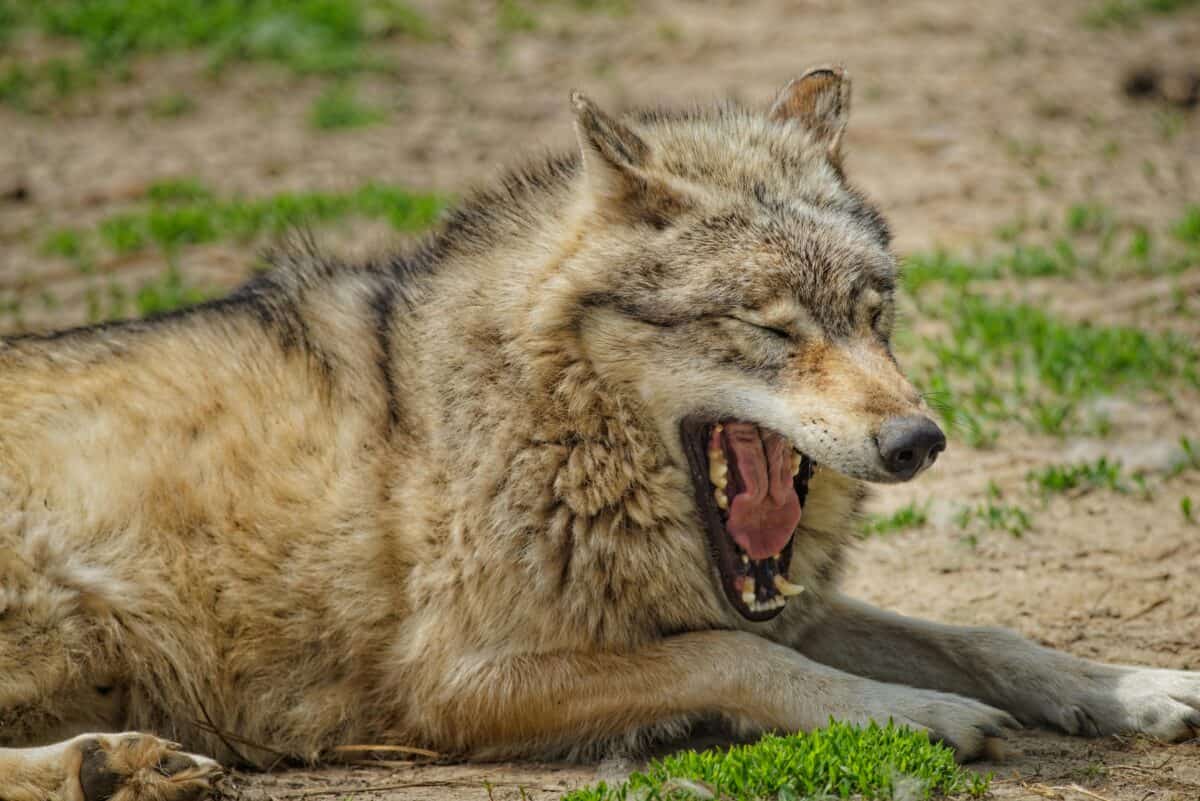
Gray wolves possess perhaps the most elaborate vocal repertoire of the three species, with howls that can carry for miles across their territory. Their vocalizations include not only the famous howl but also barks, whines, growls, and various combinations that communicate specific messages to pack members. The pitch and duration of gray wolf howls are often distinctive enough that researchers and experienced listeners can identify individual animals. Pack members use these vocalizations to coordinate hunting, maintain contact during travel, defend territory, and reinforce social bonds.
Red wolves have higher-pitched howls than gray wolves, creating a sound often described as more “yapping” or “chattering.” Their vocal patterns include distinctive short, staccato howls followed by high-pitched whines that help distinguish them acoustically from coyotes and gray wolves in areas where their ranges might overlap. Arctic wolves, meanwhile, communicate vocally less frequently than their southern cousins, possibly as an energy-conservation strategy in their harsh environment. When they do howl, the sound travels remarkably well across the treeless tundra. All three species supplement vocal communication with an extensive range of body language signals and scent marking to convey status, boundaries, and reproductive condition.
Genetic Distinctions and Evolutionary History
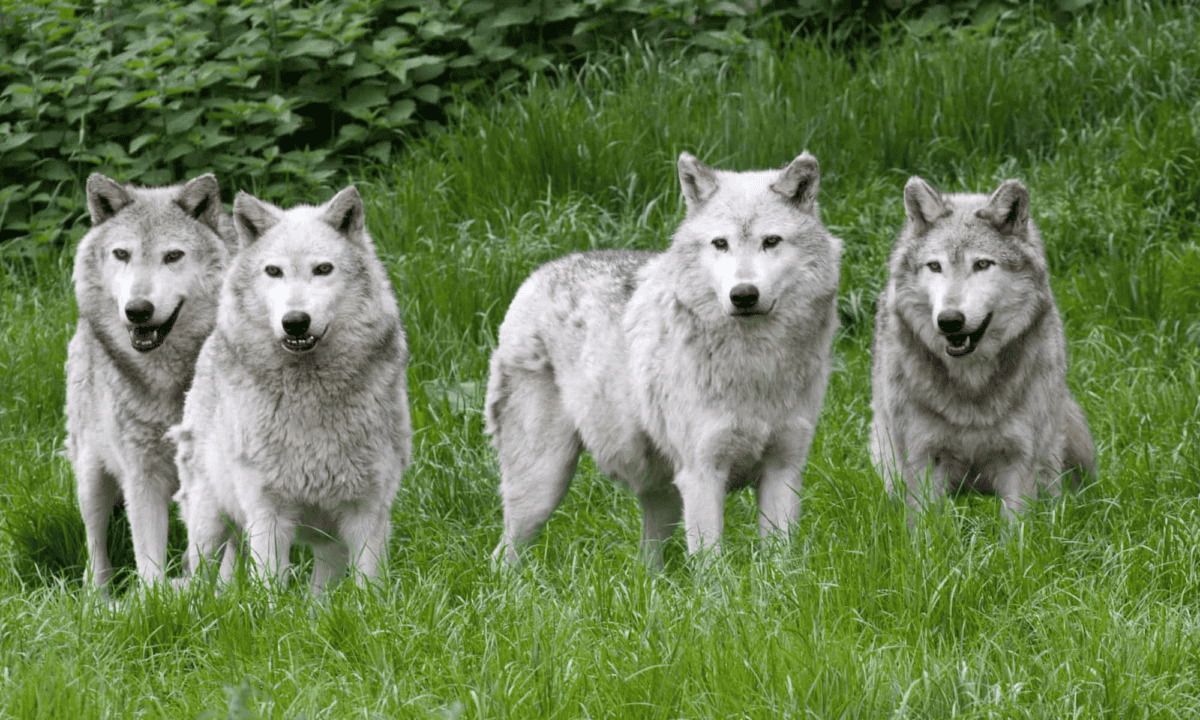
The genetic relationships between these three wolf types reflect fascinating evolutionary stories. Gray wolves (Canis lupus) represent the ancestral lineage from which other wolf types emerged. The Arctic wolf is technically a subspecies of the gray wolf (Canis lupus arctos), having diverged relatively recently—approximately 14,000 years ago as the last ice age retreated. Despite their distinctive appearance, Arctic wolves can readily interbreed with other gray wolf populations, though geographical isolation has maintained their unique characteristics.
The red wolf’s genetic story is more complex and controversial. Once considered a distinct species (Canis rufus), recent genetic studies suggest red wolves may represent a hybrid lineage with ancestry from both gray wolves and coyotes, possibly dating back thousands of years. Some research indicates they developed through natural hybridization during a period when gray wolf populations were declining in southeastern North America while coyotes were expanding their range. This genetic history remains an active area of research and debate, with important implications for conservation strategies. The three wolf types also show genetic adaptations reflecting their environments—Arctic wolves have genes associated with cold tolerance and fat metabolism, while red wolves show genetic markers related to immune function appropriate for their warm, parasite-rich southeastern habitats.
Conservation Status and Threats

The three wolf types face dramatically different conservation situations. Gray wolves, while historically persecuted to near-extinction in much of their range, have shown remarkable recovery in some regions. In the United States, they have been the subject of ongoing legal battles over their protected status, with some populations removed from endangered species protection while others remain listed. In Europe and parts of Asia, gray wolf populations have stabilized or are increasing, though habitat fragmentation and human conflict remain significant challenges.
Red wolves represent one of the most endangered canids in the world, classified as critically endangered with fewer than 20 known individuals remaining in the wild as of recent counts. Their recovery program has faced numerous challenges, including hybridization with coyotes, habitat loss, and political opposition to reintroduction efforts. Arctic wolves, while not currently listed as endangered, face increasing threats from climate change, which is rapidly altering their habitat. As Arctic sea ice diminishes and temperatures rise, the ecosystem supporting these wolves is transforming, potentially disrupting prey availability and opening their territory to competition from southern wolf populations and other predators moving northward. All three wolf types continue to face persecution, habitat loss, and the challenges of coexisting with human populations.
Interactions with Humans Throughout History
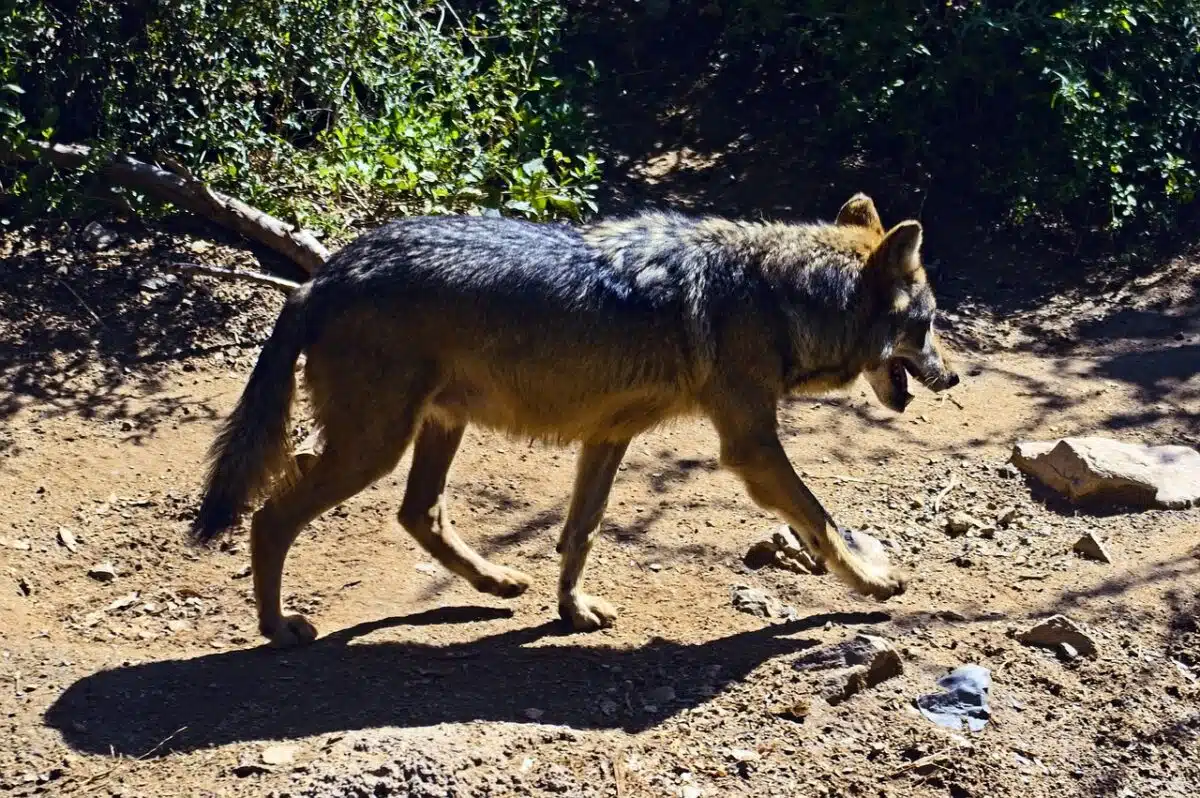
Gray wolves have perhaps the most complex relationship with humans, featuring prominently in mythology, folklore, and cultural narratives across Europe, Asia, and North America. Many Indigenous cultures revered wolves as spiritual beings and teachers, while European traditions often cast them as symbols of danger and evil. This cultural dichotomy has influenced management approaches, with gray wolves being both protected and persecuted throughout their range. After near-eradication campaigns in the 19th and early 20th centuries, conservation efforts have helped restore some populations, though conflicts with livestock producers remain a significant challenge.
Red wolves, with their more limited historical range, have featured less prominently in human cultural narratives but faced similar persecution. Early European settlers in the southeastern United States viewed them as threats to livestock and game animals, leading to extensive hunting. Their smaller size and less frequent attacks on domestic animals did little to protect them from eradication efforts. Arctic wolves, living in remote regions with minimal human population, have historically had fewer direct conflicts with people. Indigenous peoples of the Arctic, including Inuit communities, developed more respectful relationships with these wolves, recognizing their important ecological role and remarkable adaptations for survival in extreme conditions. Today, the most significant human impact on Arctic wolves comes from climate change rather than direct persecution.
Ecological Roles as Apex Predators
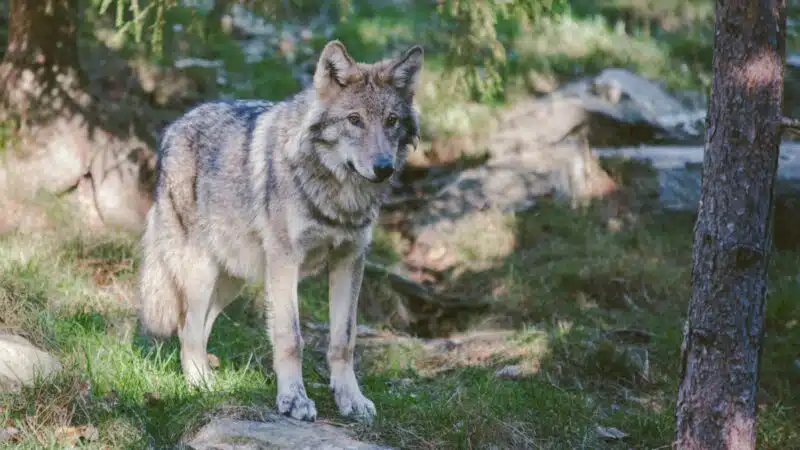
Gray wolves function as crucial ecosystem engineers across their diverse habitats. Their predation on ungulates such as deer and elk helps prevent overgrazing, promoting healthier vegetation communities and creating habitat niches for countless other species. The reintroduction of gray wolves to Yellowstone National Park demonstrated this dramatically, as their presence changed elk behavior, reducing browsing pressure on riparian willows and aspens, which in turn strengthened stream banks, reduced erosion, and created better habitat for beavers, songbirds, and fish. This phenomenon, known as a trophic cascade, highlights the profound ecological influence of these predators.
Red wolves, though operating in different ecosystems, similarly help control populations of medium-sized mammals and rodents in southeastern forests and wetlands. Their predation on rabbits, rodents, and raccoons helps maintain balanced ecosystems and can reduce disease transmission among prey species. Arctic wolves occupy a critical niche in their barren landscape, where they help regulate populations of muskoxen, Arctic hares, and lemmings. With fewer predator species in the Arctic, these wolves face less competition and have an outsized influence on prey populations and vegetation patterns. All three wolf types also provide important ecosystem services through scavenging, which helps recycle nutrients and prevent disease spread from carcasses. As climate change and habitat fragmentation continue, maintaining these ecological roles becomes increasingly challenging yet vitally important.
Physical Capabilities and Movement Patterns
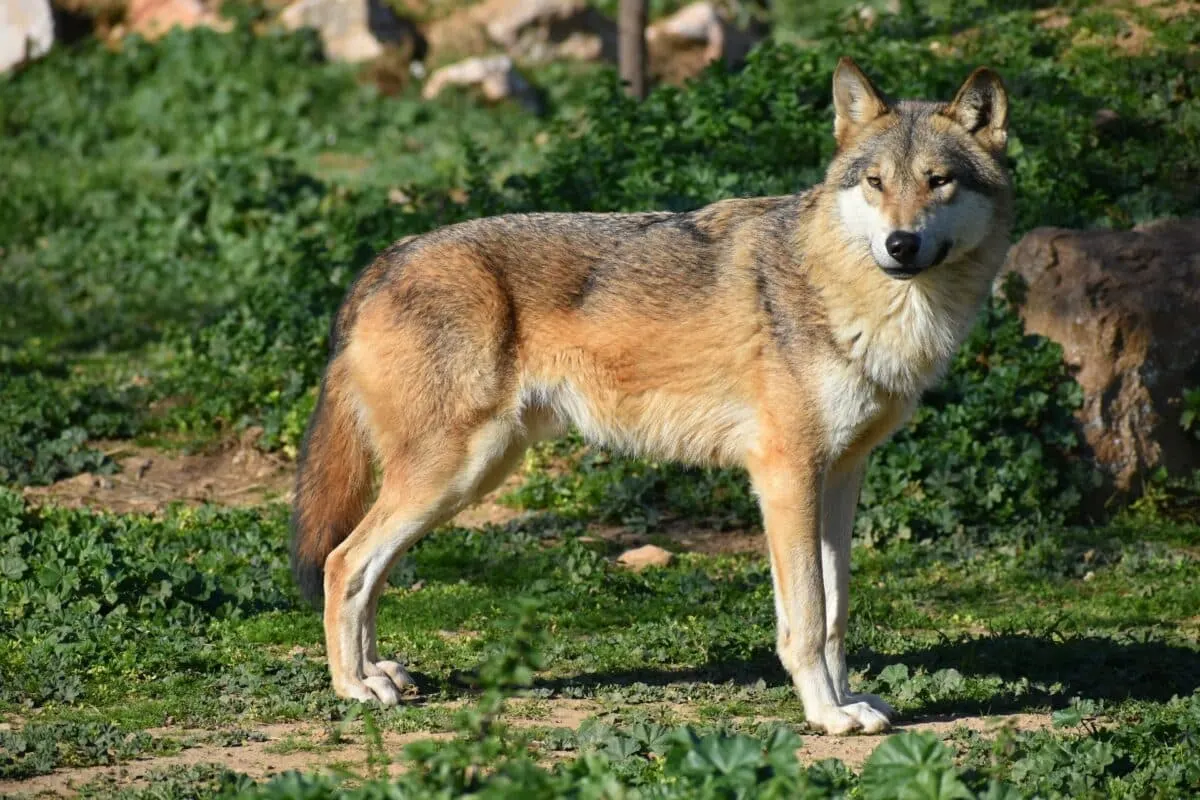
Gray wolves possess remarkable endurance, capable of traveling up to 30 miles per day when hunting or patrolling territory, with sustained speeds of 5-6 mph and sprints reaching 35 mph. Their large paws provide excellent traction and snowshoe-like support in winter conditions. Gray wolves are also accomplished swimmers, able to cross rivers and even lakes several miles wide when necessary. Their territories are typically extensive, ranging from 50 to over 1,000 square miles depending on prey density and pack size, requiring this impressive mobility.
Red wolves, being somewhat smaller, move with greater agility through the dense underbrush of their southeastern forest habitats. They maintain smaller territories than gray wolves, typically 25-75 square miles, but patrol these areas regularly. Arctic wolves must cover the greatest distances of the three types, with home ranges often exceeding 1,000 square miles due to the scarce and widely distributed prey in their habitat. They routinely travel 30-40 miles per day and may undertake seasonal migrations following caribou herds. All three wolf types exhibit impressive navigational abilities, using a combination of scent markers, visual landmarks, and possibly geomagnetic cues to traverse their extensive territories with remarkable precision. Their movement patterns change seasonally, expanding during winter months when prey becomes more difficult to locate and contracting during denning season when pups require constant attention.
Conclusion: Understanding Wolf Diversity and Conservation Importance

Gray, red, and Arctic wolves each tell a unique story of adaptation, evolution, and survival across vastly different landscapes. From the widespread gray wolf with its powerful build and complex social structure, to the elusive and critically endangered red wolf of the American Southeast, to the resilient Arctic wolf thriving in some of the harshest conditions on Earth—these three subspecies highlight the remarkable diversity within the wolf family.
By understanding the 13 key differences between them—ranging from physical traits and behavior to habitat and conservation status—we gain valuable insight into how environment shapes species over time. More importantly, this knowledge fosters a deeper respect for each wolf’s role in maintaining ecological balance. As we work to protect these magnificent animals and their habitats, recognizing their distinct characteristics helps guide effective conservation strategies and nurtures a more informed and compassionate connection between humans and wildlife.
- 10 Dog Breed Restrictions That Stir Controversy in U.S. States - August 9, 2025
- 13 Animals That Outsmart Their Predators - August 9, 2025
- Why Some Frogs Glow in the Dark and What It Means - August 9, 2025

